282 posts
Latest Posts by astrotidbits-blog - Page 2
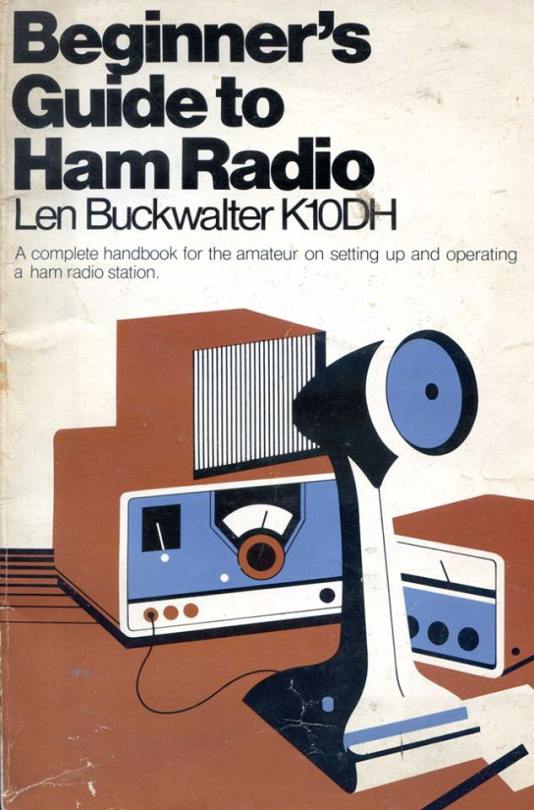

Radio Ham-Operator’s Field Day
(Walter B. Lane. 1946)
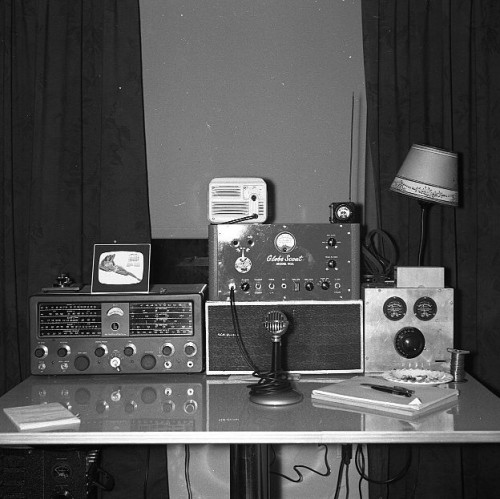
Ham Radio, 1940s
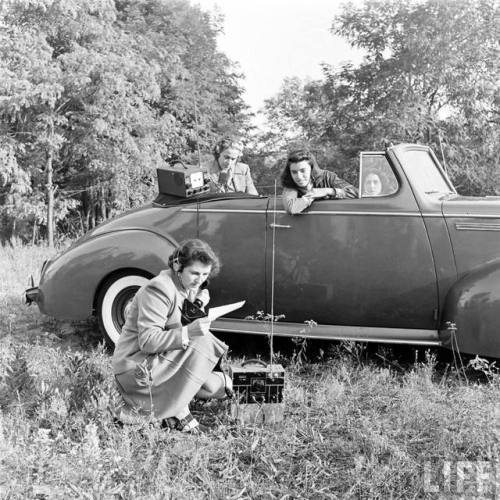
Ham radio operators for Vogue
(Nina Leen. 1941?)
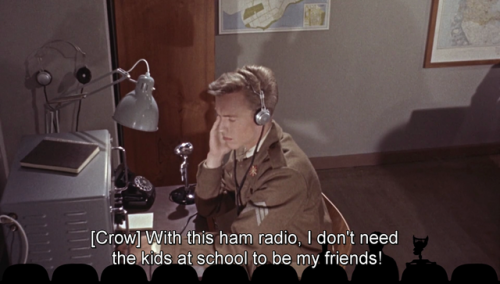
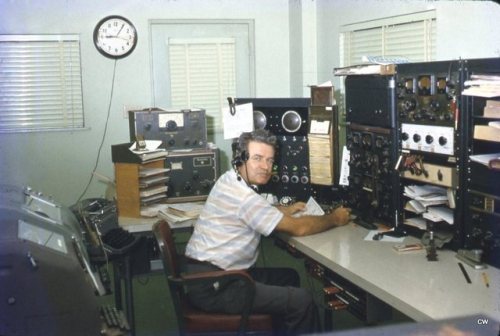
1959 Radio Man
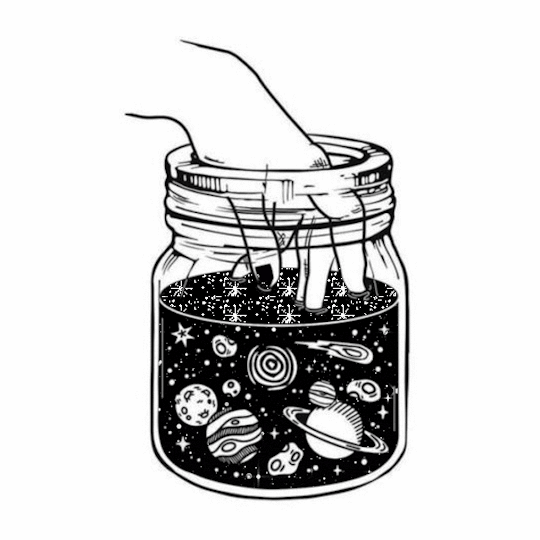
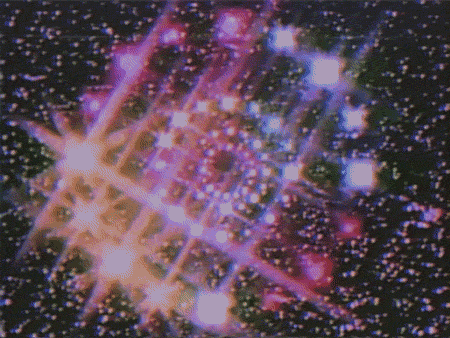
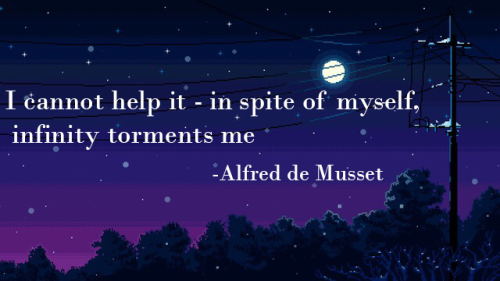
∞ x ∞ = ∞
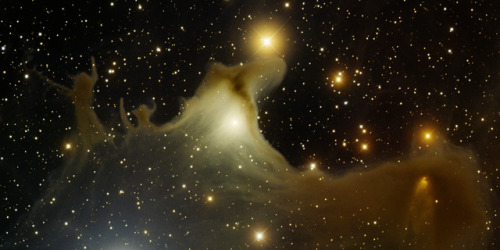
NGC 7023, Ghost Nebula
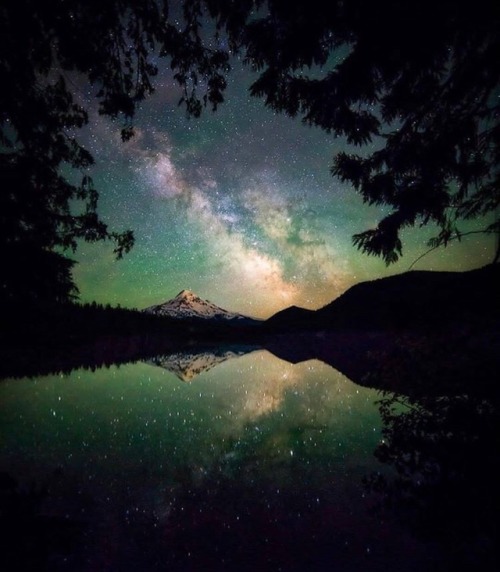
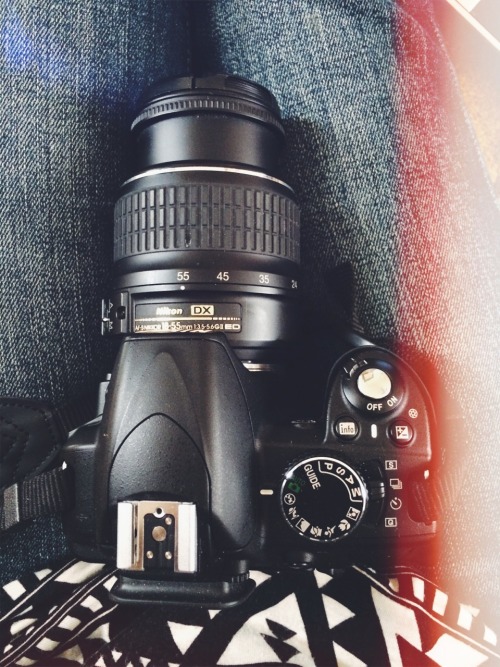
Video: Camera inside a ball of water, in space!
During Expedition 40 in the summer of 2014, NASA astronauts Steve Swanson and Reid Wiseman — along with European Space Agency astronaut Alexander Gerst — explored the phenomenon of water surface tension in microgravity on the International Space Station. The crew “submerged” a sealed GoPro camera into a floating ball of water the size of a softball and recorded the activity with a 3-D camera. (Video: NASA)
“The images we see can only be “beautiful” or “real-looking” because they have been heavily processed, either by neural machinery or by code (in which case, both), operating below our threshold of consciousness. In the case of the software, this processing relies on norms and aesthetic judgments on the part of software engineers, so they are also unacknowledged collaborators in the image-making. There’s no such thing as a natural image; perhaps, too, there’s nothing especially artificial about the camera.” art in the age of machine intelligence — Artists and Machine Intelligence — Medium https://medium.com/artists-and-machine-intelligence/what-is-ami-ccd936394a83
(via mikerugnetta)
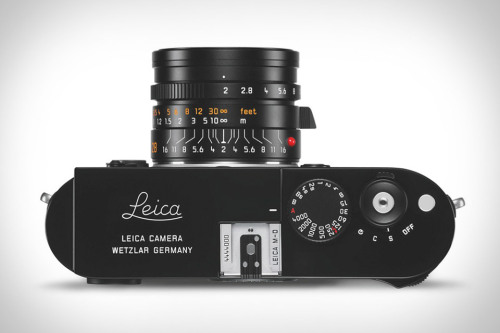
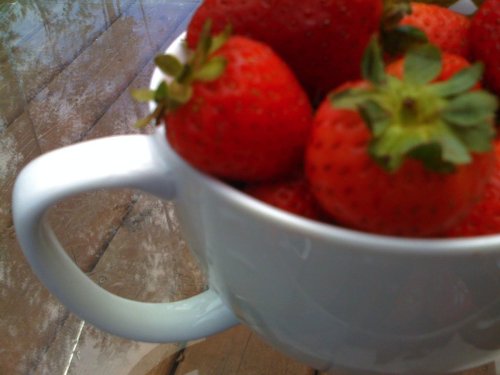
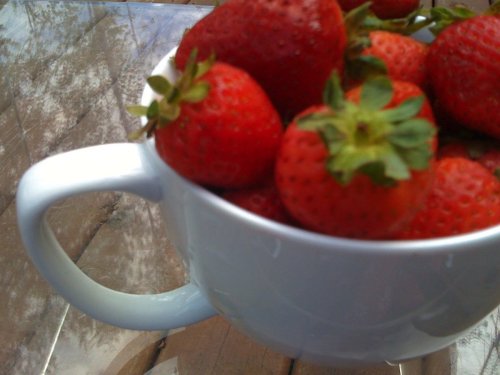
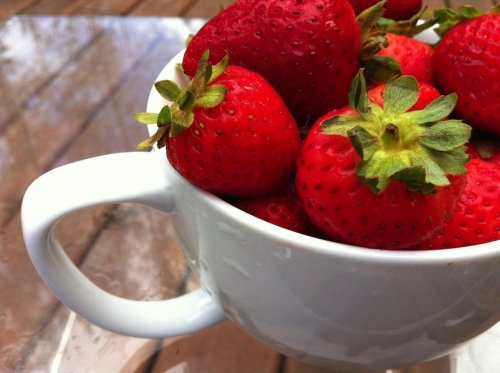
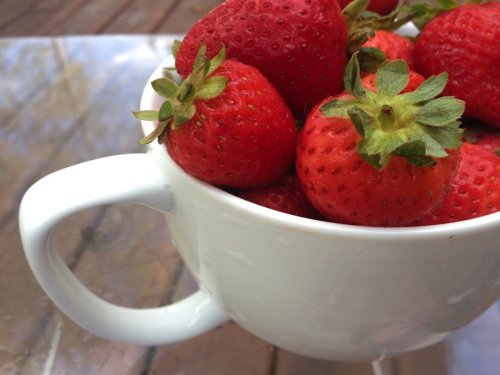
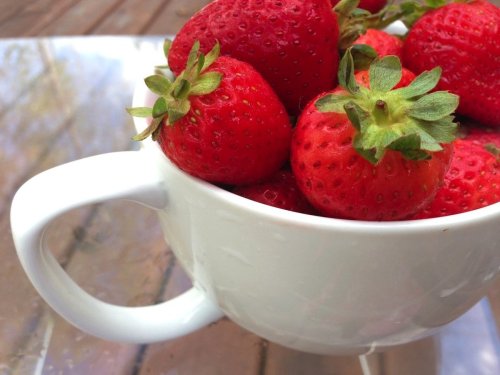
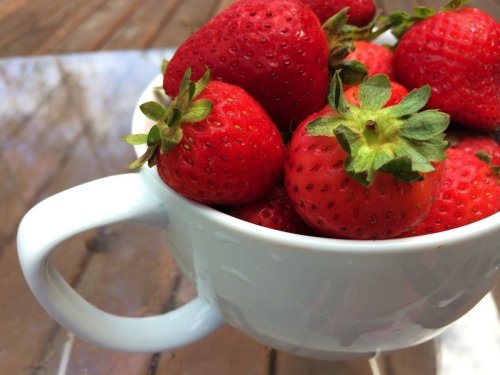

Look how much the iPhone camera has improved over time
From the original iPhone to the iPhone 6, here’s how much the camera has evolved.



Panasonic Lumix CM1
Today, we present to you another addition to the hybrid crowd: recently announced during the Photokina show in Germany, Lumix DMC-CM1 by Panasonic is an Android smartphone and a connected camera packed inside one versatile and futuristic-looking device that should soon find its way to mass production lines.
World’s first throw and shoot camera that flies itself.
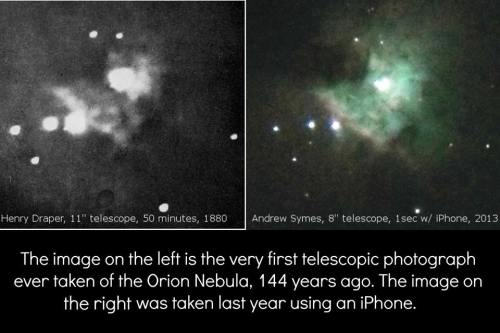
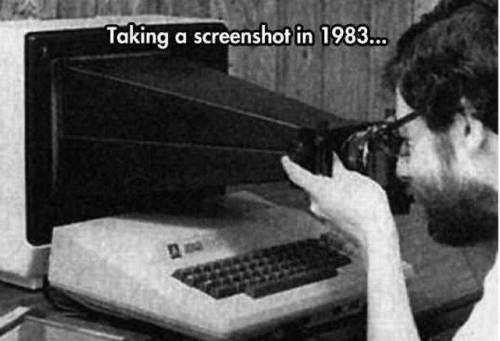
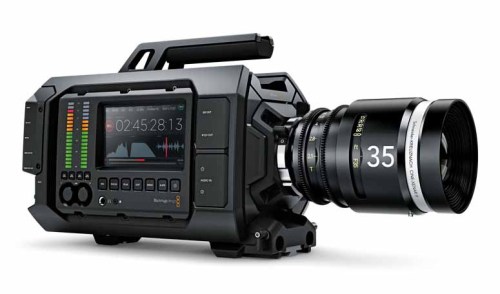
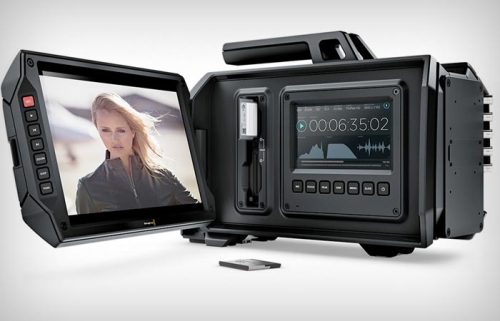
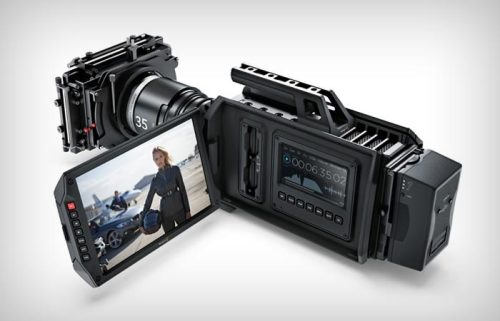
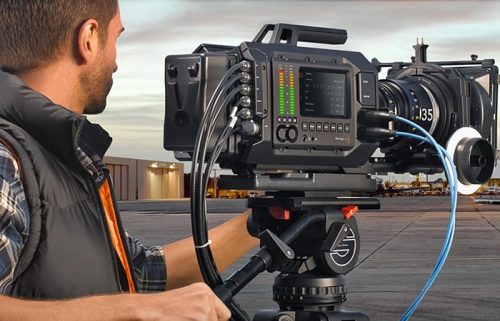
Blackmagic URSA 4K Digital Cinema Camera
And now that one special, prestigious piece of gear has finally arrived to round off the years of camera development and take you to the vertiginous peaks of unbelievable footage quality and extreme equipment versatility: the recently released Blackmagic URSA 4K Digital Cinema Camera is the ultimate camera for professional film crews and keen solo cameramen looking to revolutionize their filming sessions.

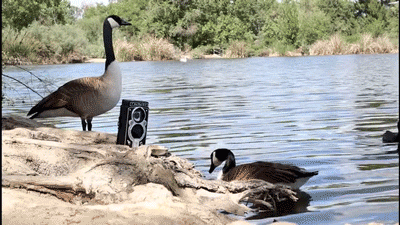
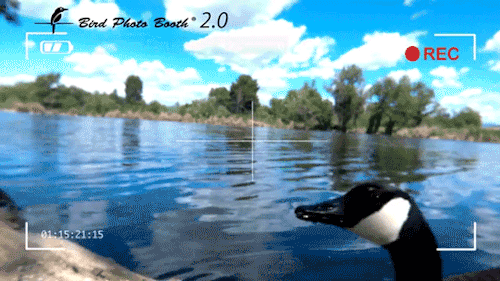

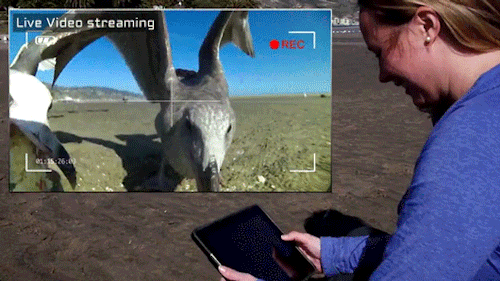
Discover Bird Photo Booth, the world’s first wireless bird feeder and birdcam. Get more information here
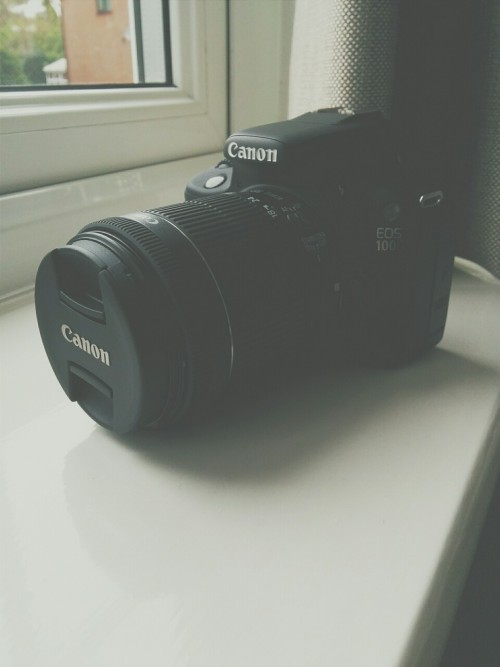
What Is The Zone System: A Practical Guide

If you want us to put it in the simplest words possible, the Zone System is a helps us get the right exposure in all our photos, every time, without fail, even in the strangest light settings, and without a trusty matrix meter. It is a magical system conceived of by none other than Ansel Adams himself, along with photographer Fred Archer in the late 1930s. As the father of landscape describes himself, the Zone System is “not an invention of mine; it is a codification of the principles of sensitometry, worked out by Fred Archer and myself at the Art Center School in Los Angeles, around 1939-40.” These masters of photography created the Zone System to help us expose in tricky lighting situations where the dynamic range is out of whack, or the lighting is fooling your light meter into creating exposures that are too bright or too dark.
The Zone System was originally developed for black and white sheet film, which was the only type used in those days. Sheet film was individually developed on standard exposure papers, but today we have color roll film that can be mass developed on papers with varying exposures. The Zone system is as much applicable to these “modern” methods as they were to the film it was created for, and can even help digital photographers get perfect exposures. And guess what? Digital photographers, the Zone System can work for you too!
Why do you Need the Zone System
Technically you probably don’t. However, for those of you who are exposure perfectionists, the Zone System is extremely effective in measuring different tones and the dynamic range of a frame that you are about to shoot. It helps you make the perfect exposure with just a spot meter to work with. This gives you immense control over what you’re shooting. You don’t just make guesses at what the right exposure might be, or waste film bracketing “just in case”. Thus, you can easily figure out when you require extra lighting, and what kind and amount of lighting that might be, or whether there is need for a fill flash to get the right brightness. It can also help you figure out if you need graduated neutral density filters.
The zone system is highly beneficial in capturing accurate images when the camera is unable to set the exposure to an accurate reading, so that you get to decide what your image will turn out like, and you know exactly how it will look before you make the exposure.
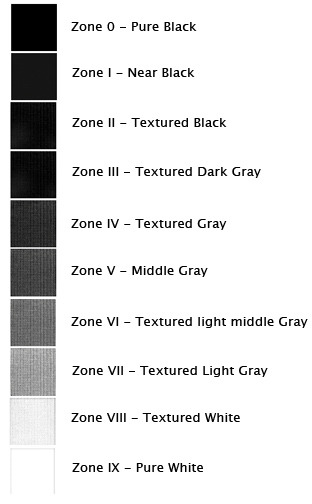
How does the Zone System Work?
A camera’s metering system measures accurate exposure readings by focusing on the middle grey tones, which is 18% grey. This grey is the average of black and white. So, when you are shooting in a bright area, your camera will try to dim the light by bringing it down to the average and making the image underexposed in the process. Similarly, when you are shooting in a dark area, your camera will try to increase the brightness of the image, making it over-exposed. Understanding this mechanism is crucial to understanding how the zone system can be used.
Keep reading
10 Out of this World NASA Spinoff Technologies
What is a spinoff? Great question! A NASA spinoff is a technology, originally developed to meet our mission needs that has been transferred to the public and now provides benefits as a commercial product or service. Basically, we create awesome stuff and then share it with the world. Here’s a list of just a few NASA spinoff technologies (in no particular order):
1. Enriched Baby Food

While developing life support for Mars missions, NASA-funded researchers discovered a natural source for an omega-3 fatty acid that plays a key role in infant development. The ingredient has since been infused in more than 99% of infant formula on the market and is helping babies worldwide develop healthy brains, eyes and hearts.
2. Digital Camera Sensors
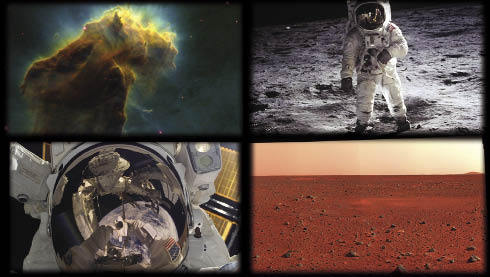
Whether you take pictures and videos with a DSLR camera, phone or even a GoPro, you’re using NASA technology. The CMOS active pixel sensor in most digital image-capturing devices was invented when we needed to miniaturize cameras for interplanetary missions.
3. Airplane Wing Designs

Did you know that we’re with you when you fly? Key aerodynamic advances made by our researchers - such as the up-turned ends of wings, called “winglets” - are ubiquitous among modern aircraft and have saved many billions of dollars in fuel costs.
4. Precision GPS

Uncorrected GPS data can be off by as much as 15 meters thanks to data errors, drift in satellite clocks and interference from Earth’s atmosphere. One of our software packages developed in the 1990s dials in these locations to within centimeters, enabling highly accurate GPS readings anywhere on the planet. One of our most important contributions to modern society, precise GPS is used in everything from personal devices and commercial airplanes to self-driving tractors.
5. Memory Foam

Possibly the most widely recognized spinoff, memory foam was invented by our researchers looking for ways to keep its test pilots and astronauts comfortable as they experienced extreme acceleration. Today, memory foam cushions beds, chairs, couches, car and motorcycle seats, shoes and even football helmets.
6. International Search and Rescue System

We pioneered the technology now used internationally for search and rescue operations. When pilots, sailors or other travelers and adventurers are stranded, they can activate a personal locator bacon that uses overhead satellites to relay their call for help and precise location to authorities.
7. Improvements to Truck Aerodynamics

Nearly every truck on the road has been shaped by NASA - literally. Agency research in vehicle aerodynamic design led to the curves and contours that help modern big rigs cut through the air with less drag. Our contributions to truck design have greatly reduced fuel consumption, perhaps by as much as 6,800 gallons per year for an average vehicle.
8. Shock Absorbers for Buildings and Bridges

Shock absorbers originally designed to survive the extreme conditions of space shuttle launches are now bracing hundreds of buildings and bridges in earthquake-prone regions all over the world. None of which have suffered even minor damage during an earthquake.
9. Advanced Water Filtration

We have recently discovered sources of water on the moon and Mars, but even so space is still practically a desert for human explorers, and every drop possible must be recycled and reused. A nanofiber filer devised to purify water in orbit is currently at work on Earth. From devices that supply water to remote villages, to a water bottle that lets hikers and adventurers stay hydrated using streams and lakes, our technology is being utilized.
10. Invisible Braces

A company working with NASA invented the translucent ceramic that became the first invisible dental braces, which would go on to become one of the best-selling orthodontic products of all time.
So, now that you know a few of the spinoff technologies that we helped develop, you can look for them throughout your day. Visit our page to learn about more spinoff technologies: https://spinoff.nasa.gov
Make sure to follow us on Tumblr for your regular dose of space: http://nasa.tumblr.com


You can grab and fold this drone without hurting yourself
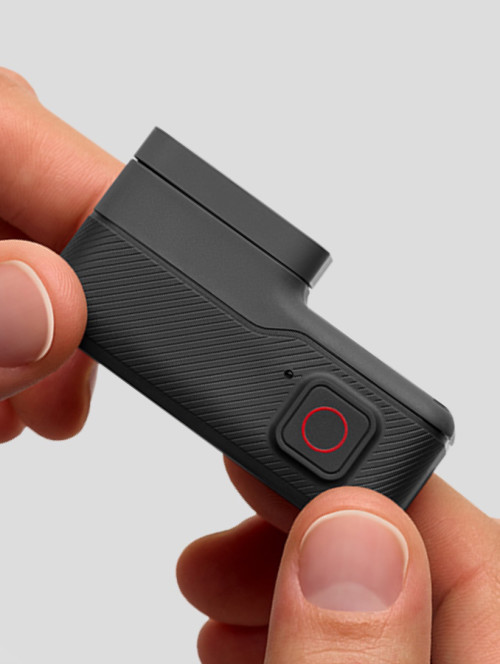
GoPro Hero 5
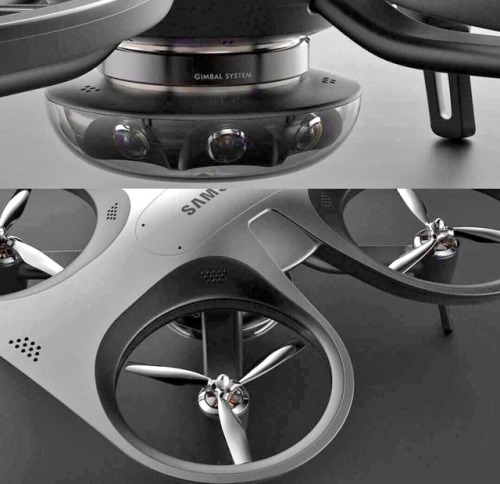
Possible 360° camera drone by Samsung?
Had this been 2002, this moment would have been mind blowing!
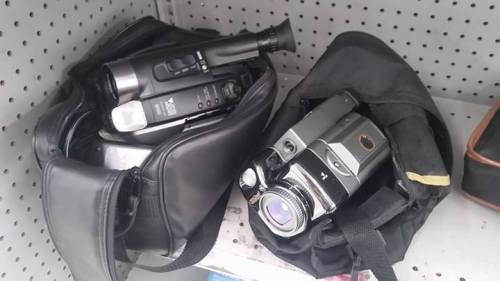
Mostly because I would be posting a photo on a website that wasn’t around, from a phone technology that didn’t exist yet! I wish I had means of seeing what was on their VHS tapes…
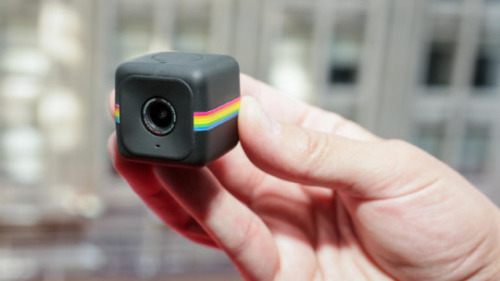
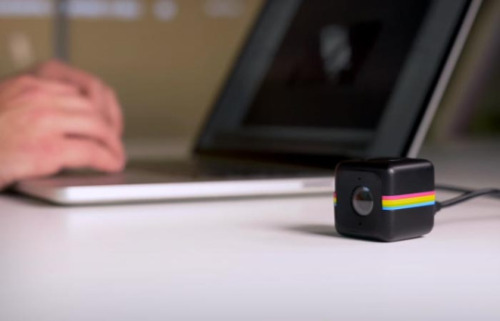
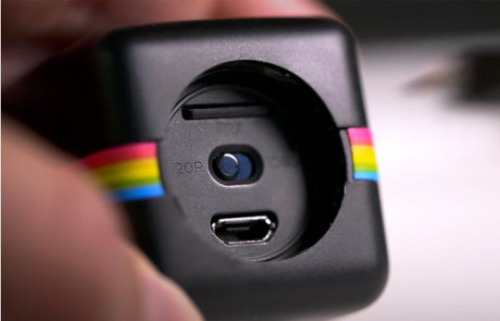
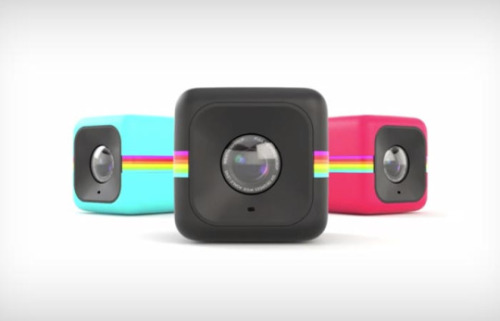
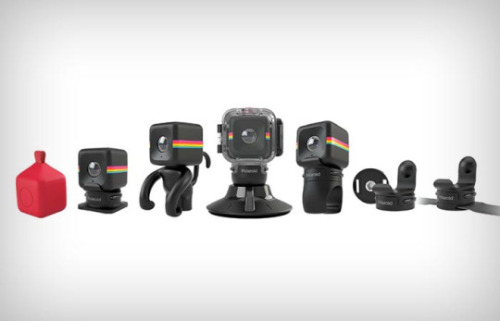
Polaroid Cube
Unconventional design is not the only advantage of the Cube. It is packed with functionality. It is shockproof and water resistant, very rugged and durable, but it also provides you with 1080p HD video, 6MP photo quality with 124° wide angle lens.